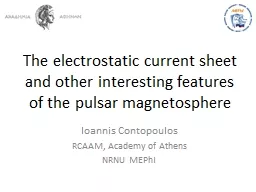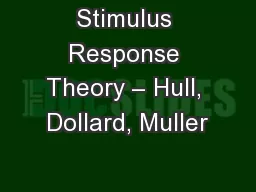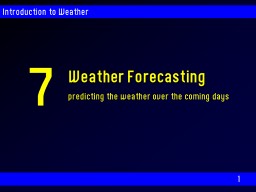PPT-What drives the weather changes
Author : briana-ranney | Published Date : 2016-08-01
Gregory Falkovich Weizmann Institute of Science Israel April 01 2013 Berkeley The answer is blowing in the wind Only normal forces S S Horizontal temperature gradient
Presentation Embed Code
Download Presentation
Download Presentation The PPT/PDF document "What drives the weather changes" is the property of its rightful owner. Permission is granted to download and print the materials on this website for personal, non-commercial use only, and to display it on your personal computer provided you do not modify the materials and that you retain all copyright notices contained in the materials. By downloading content from our website, you accept the terms of this agreement.
What drives the weather changes: Transcript
Download Rules Of Document
"What drives the weather changes"The content belongs to its owner. You may download and print it for personal use, without modification, and keep all copyright notices. By downloading, you agree to these terms.
Related Documents














